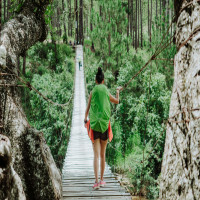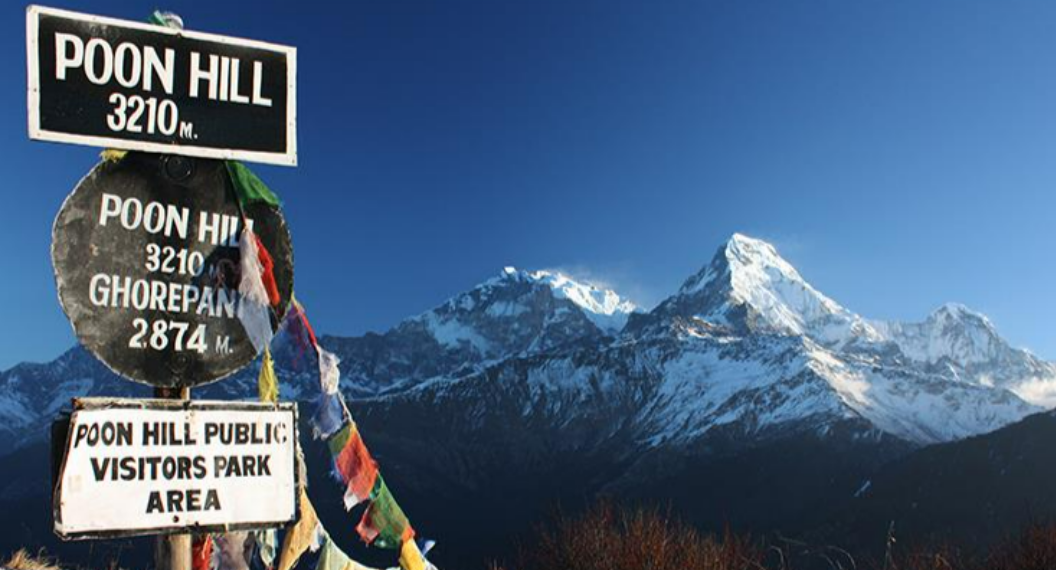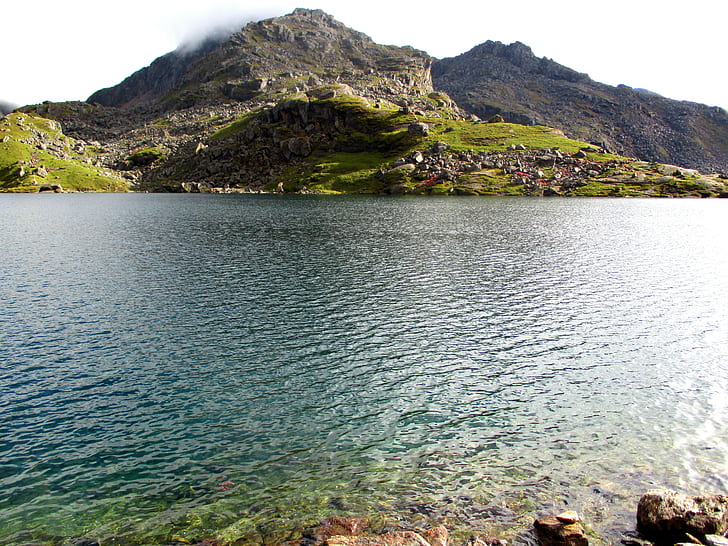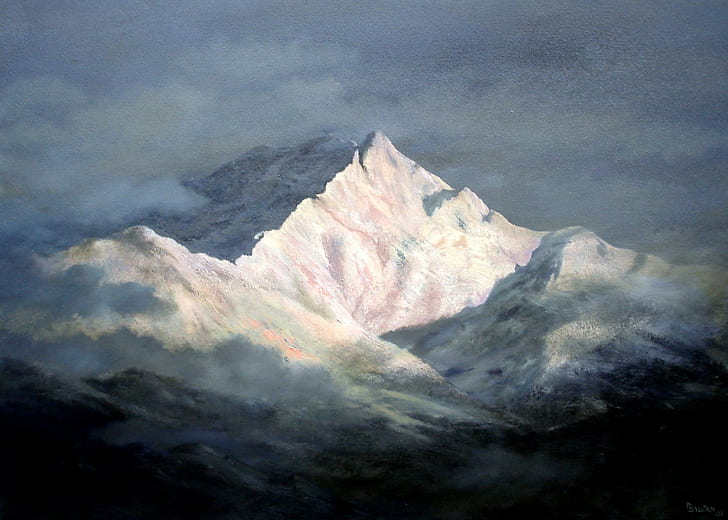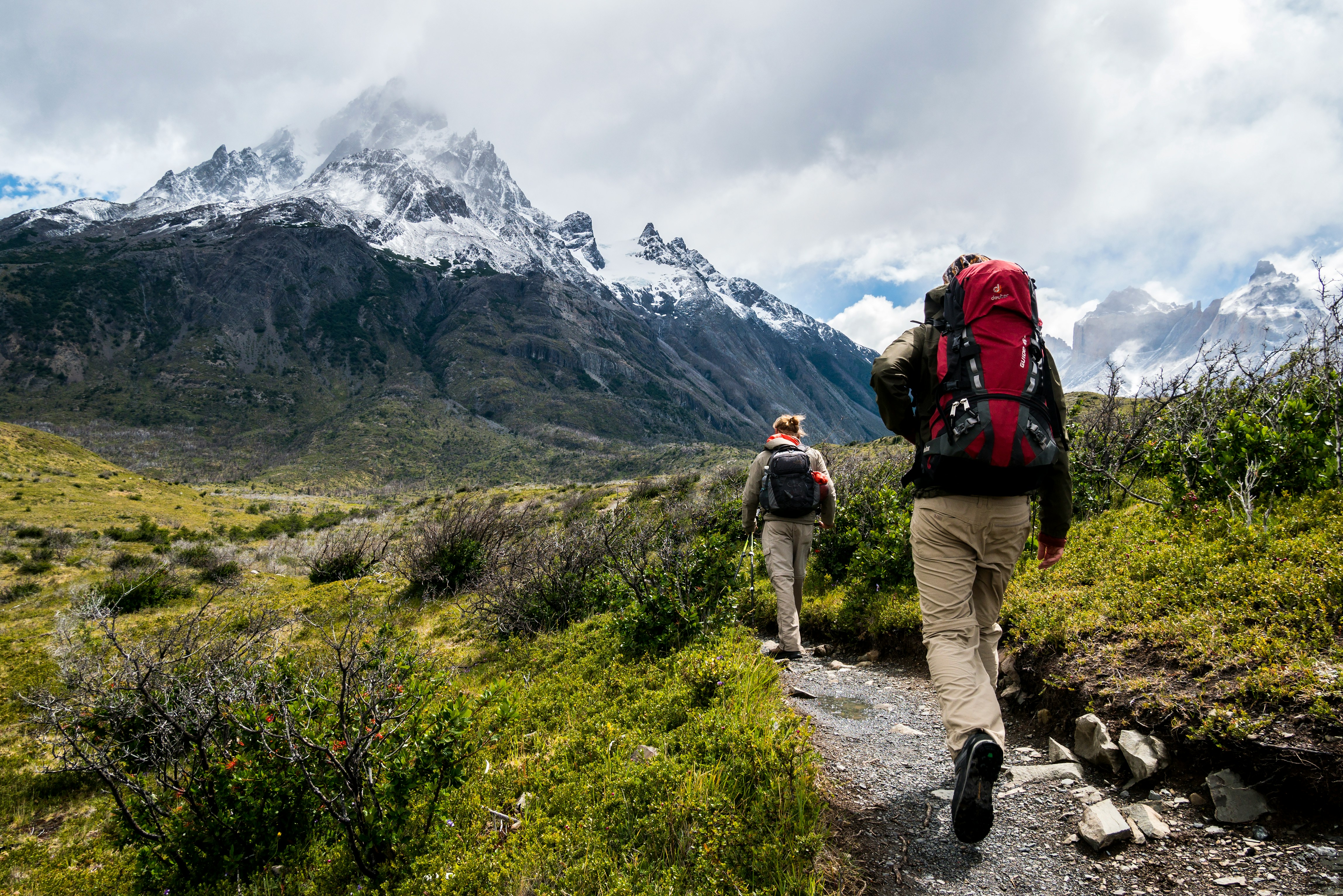Kanchenjunga South Base Camp Trek: A Journey to Nepal’s Hidden Gem

Strong 8k brings an ultra-HD IPTV experience to your living room and your pocket.
The Kanchenjunga South Base Camp Trek is a pristine, off-the-beaten-path adventure in eastern Nepal, leading to the foot of the world’s third-highest mountain, Mount Kanchenjunga (8,586 meters). Unlike the popular trails of Everest or Annapurna, this route promises a peaceful journey through remote villages, rhododendron forests, and dramatic alpine landscapes.
Ideal for experienced trekkers seeking solitude and raw Himalayan beauty, the Kanchenjunga South Base Camp Trek showcases untouched terrain and authentic local culture. This guide offers everything you need to know about the route, itinerary, permits, best seasons, and preparation.
Where is Kanchenjunga South Base Camp?
Mount Kanchenjunga lies on the border between eastern Nepal and the Indian state of Sikkim. The South Base Camp (Yalung Base Camp), situated at around 4,600 meters, offers panoramic views of Kanchenjunga’s south face along with surrounding peaks such as Jannu, Kabru, and Rathong.
The trail begins in the mid-hill towns of Taplejung or Suketar and ascends gradually through lush valleys into alpine zones.
Why Choose the Kanchenjunga South Base Camp Trek?
The trek offers several unique highlights:
• Remoteness: Far from the crowds, this route offers uninterrupted wilderness and tranquility.
• Biodiversity: The trail passes through the Kanchenjunga Conservation Area, home to red pandas, Himalayan black bears, and many rare bird species.
• Cultural Richness: Interactions with Limbu, Rai, and Sherpa communities reveal a unique blend of culture and tradition.
• Spectacular Scenery: Deep valleys, waterfalls, glaciers, and towering Himalayan peaks define the terrain.
•
Suggested Itinerary
The full trek takes about 12 to 15 days, depending on pace and acclimatization. Below is a sample 13-day itinerary:
Day 1: Flight from Kathmandu to Bhadrapur, drive to Taplejung
Day 2: Trek from Taplejung to Lali Kharka
Day 3: Trek to Khesewa
Day 4: Trek to Mamankhe
Day 5: Trek to Yamphudin
Day 6: Trek to Tortong
Day 7: Trek to Tseram
Day 8: Acclimatization at Tseram
Day 9: Trek to Ramche, visit South Base Camp (Yalung Base Camp)
Day 10: Return to Tortong
Day 11: Trek to Yamphudin
Day 12: Trek to Taplejung
Day 13: Drive to Bhadrapur and fly back to Kathmandu
This itinerary includes important acclimatization to ensure a safer high-altitude experience.
Trek Difficulty and Requirements
This trek is considered moderately to highly challenging, mainly due to its remote nature and high altitude. Key considerations include:
• Daily walking of 6 to 8 hours through varied terrain
• Altitude gain above 4,500 meters
• Limited access to modern facilities
• Physical fitness and some prior trekking experience recommended
Though no technical climbing is involved, this trek is better suited for trekkers who have previously hiked above 3,000 meters.
Permits and Entry Regulations
Due to its location in a protected area and near the Indian border, the Kanchenjunga region requires special permits:
• Restricted Area Permit for Kanchenjunga
• Kanchenjunga Conservation Area Permit (KCAP)
• TIMS Card (Trekkers’ Information Management System)
Trekkers must travel with at least one licensed guide, and permits must be arranged through a registered trekking agency in Nepal.
Best Time to Trek
There are two main trekking seasons:
• Spring (March to May): Clear skies, blooming rhododendrons, and comfortable temperatures.
• Autumn (September to November): Stable weather with great visibility and fewer weather-related delays.
The summer monsoon (June to August) brings heavy rain, making trails muddy and prone to landslides. Winter (December to February) can be harsh with snow, particularly above Tseram.
Accommodation and Food
Unlike the teahouse infrastructure in Annapurna or Everest regions, the Kanchenjunga trail has basic lodges and homestays. Expect:
• Shared rooms with basic bedding
• Limited electricity and solar charging
• Nepali meals such as dal bhat, noodle soups, and boiled potatoes
• Occasional western meals depending on availability
It’s advisable to bring snacks, a sleeping bag, and backup batteries or a solar charger.
Packing Essentials
Given the remoteness and varied climate, careful packing is crucial. Essentials include:
• Four-season sleeping bag
• Warm and breathable trekking layers
• Down jacket and waterproof outer shell
• Trekking poles and sturdy boots
• Water purification tablets or filtration system
• Headlamp, sunscreen, and a personal first aid kit
A reliable backpack and duffel bag for porters are also recommended. A detailed gear checklist from your trekking agency will help with preparation.
Health and Safety
Altitude sickness is a concern as you ascend above 3,000 meters. To reduce risks:
• Acclimatize gradually
• Drink plenty of fluids
• Avoid alcohol and sleep medications
• Know early signs of Acute Mountain Sickness (AMS)
Additionally, it is wise to carry altitude medication like Diamox and a satellite phone or communication device, especially in areas with no mobile coverage.
Cultural Insights and Local Etiquette
The region is home to Limbu, Rai, and Sherpa communities. Respecting local customs is part of responsible travel. Some guidelines include:
• Dress modestly and ask before taking photos
• Offer a polite “Namaste” when greeting locals
• Avoid touching religious items or prayer stones
• Support local economies by buying handmade goods and using local services
Learning a few phrases in Nepali or the local dialect shows respect and fosters genuine interaction.
Environmental Responsibility
The Kanchenjunga region is ecologically fragile. Minimize your impact by:
• Using refillable water bottles instead of plastic
• Packing out all non-biodegradable waste
• Sticking to established trails
• Supporting eco-conscious trekking agencies
The Kanchenjunga Conservation Area Project (KCAP) works with local communities to preserve the region’s biodiversity and culture. Trekking here contributes to these conservation efforts.
Final Thoughts
The Kanchenjunga South Base Camp Trek is a journey into the heart of eastern Nepal’s wilderness. It offers an enriching experience of remote trekking, genuine cultural interaction, and unparalleled views of the world’s third-highest peak.
For those who seek adventure away from the mainstream and are prepared for physical challenge, this trek delivers an unforgettable Himalayan experience. With proper planning, the right guide, and a spirit of exploration, Kanchenjunga will reward you with solitude, scenery, and a sense of awe rarely found elsewhere.
Note: IndiBlogHub features both user-submitted and editorial content. We do not verify third-party contributions. Read our Disclaimer and Privacy Policyfor details.

